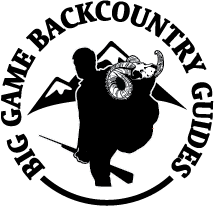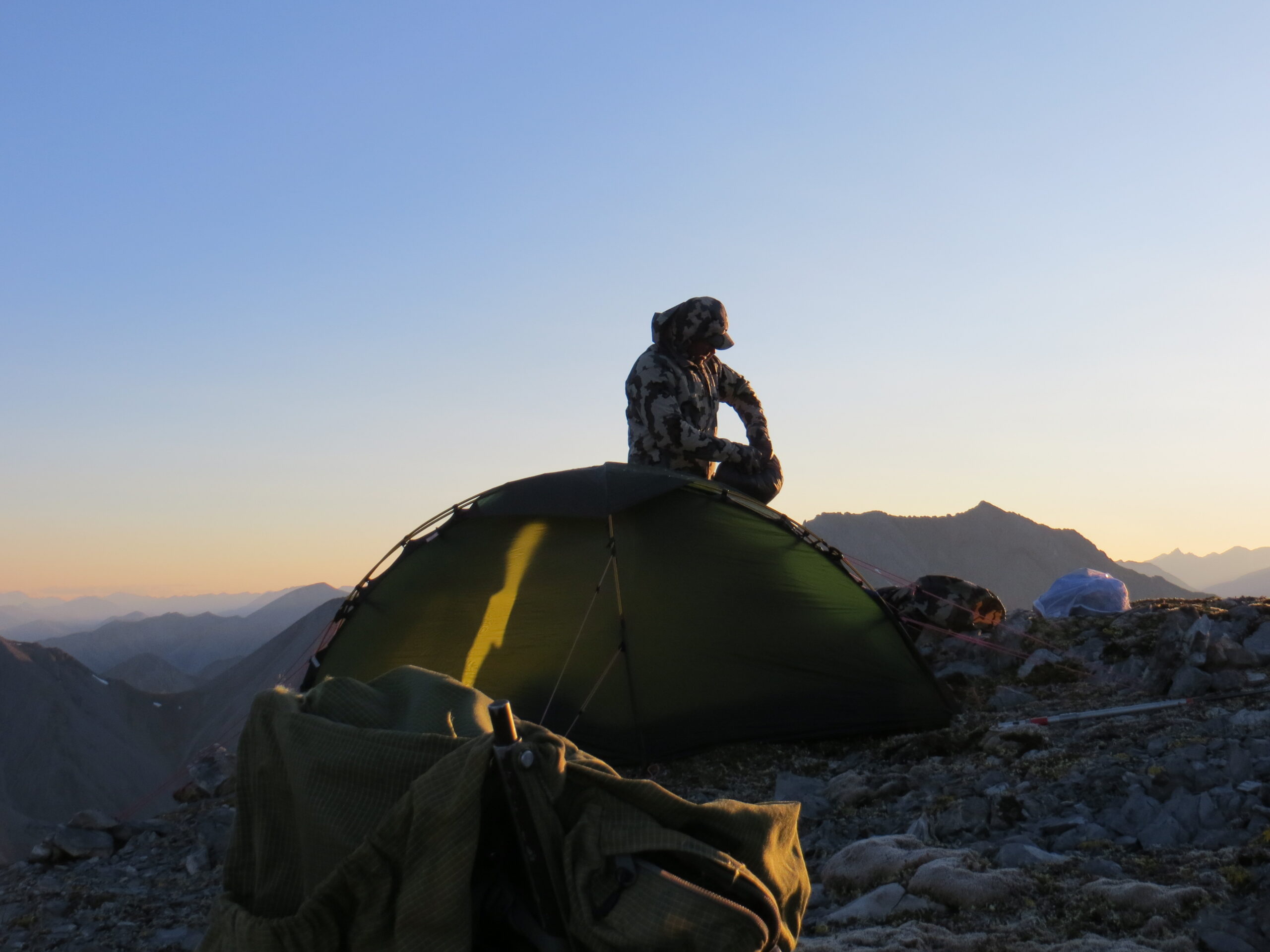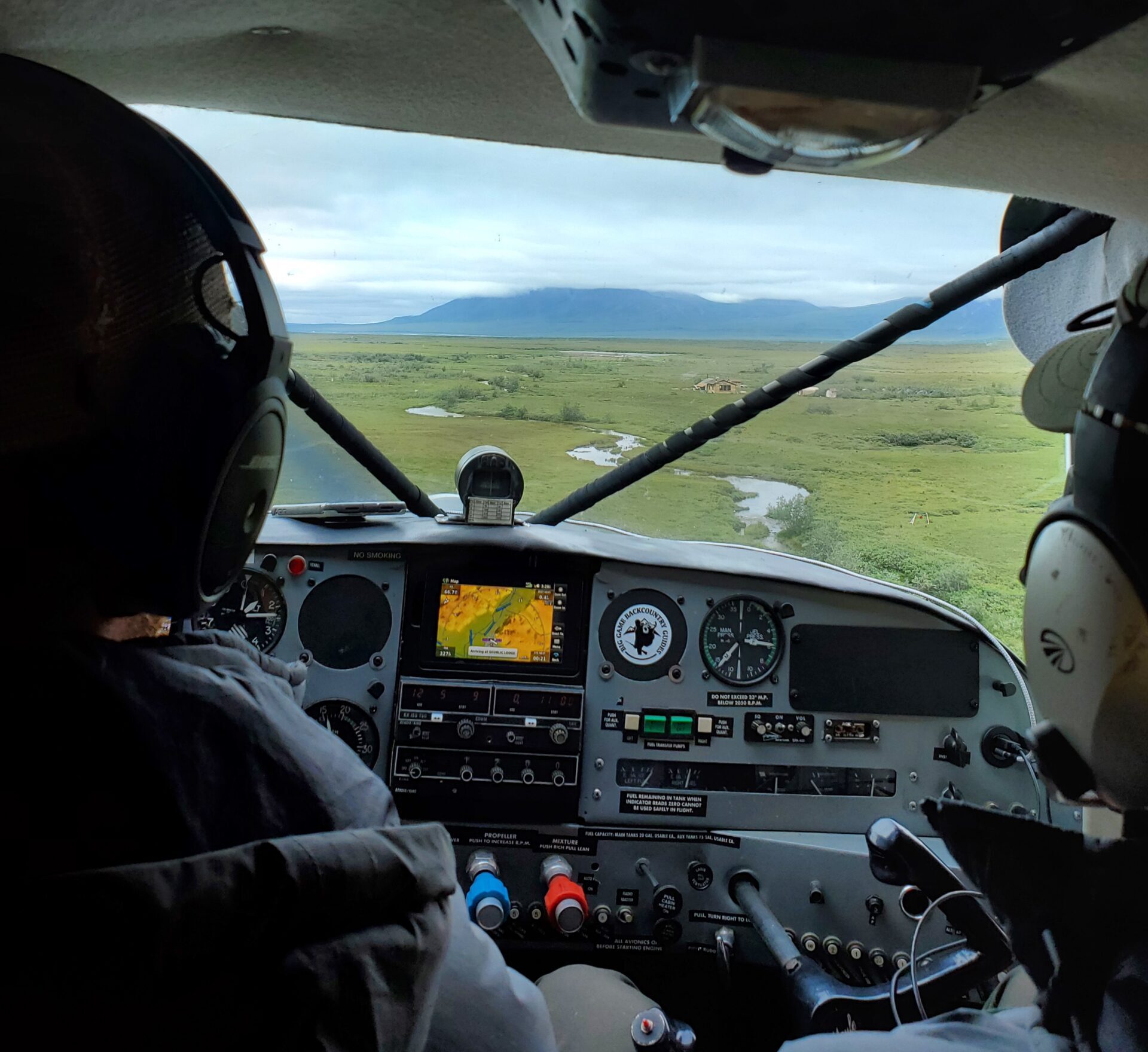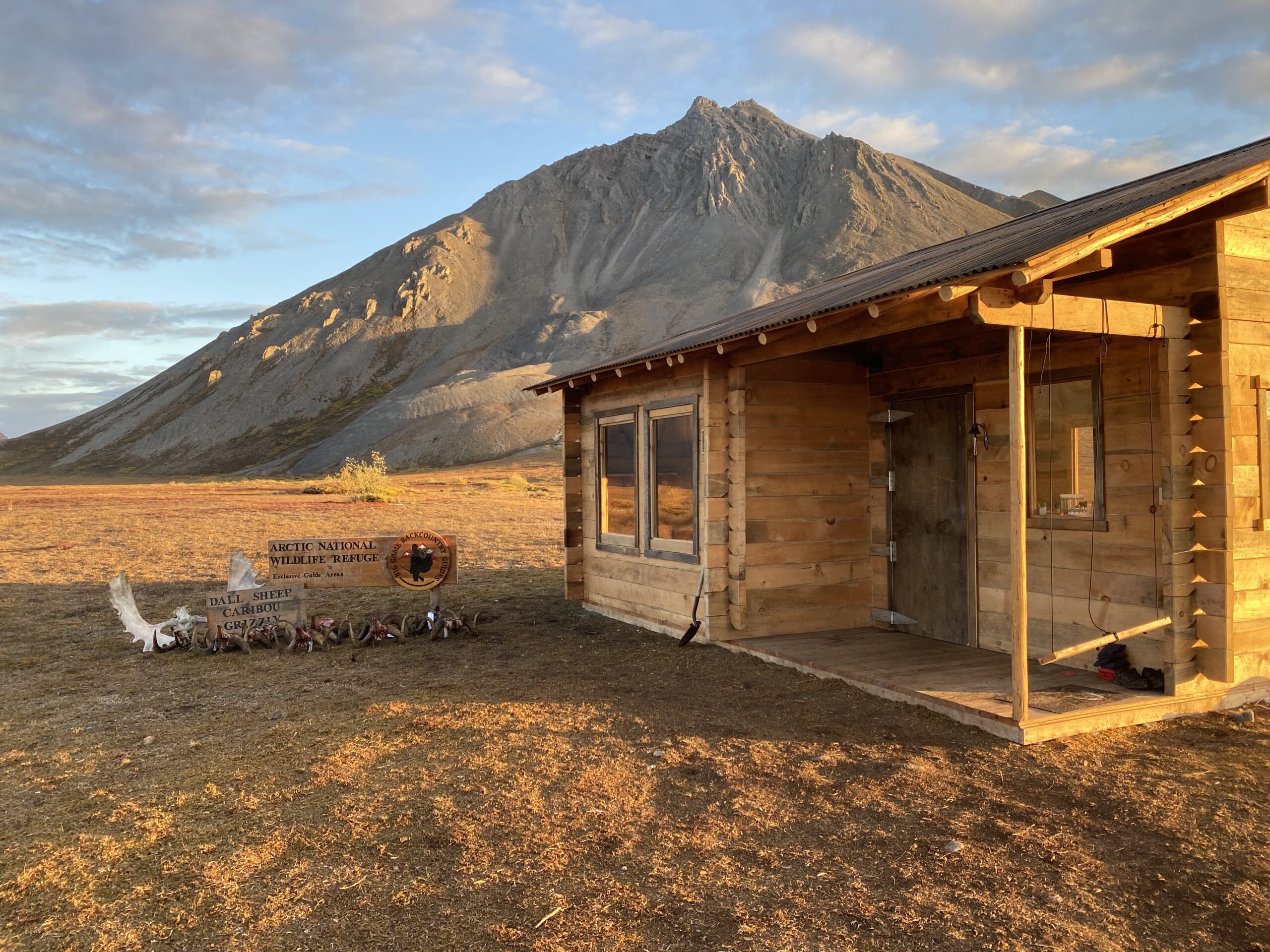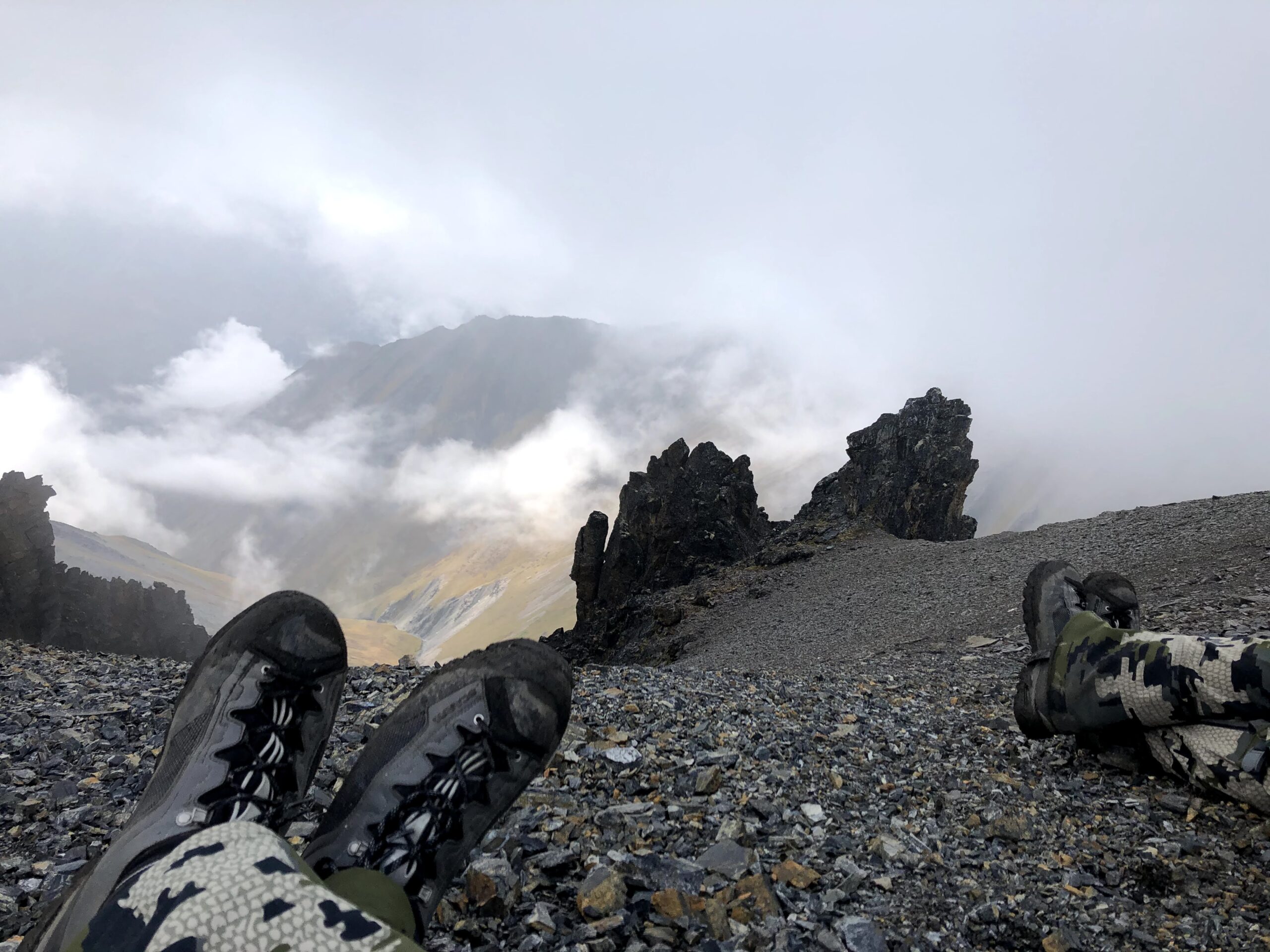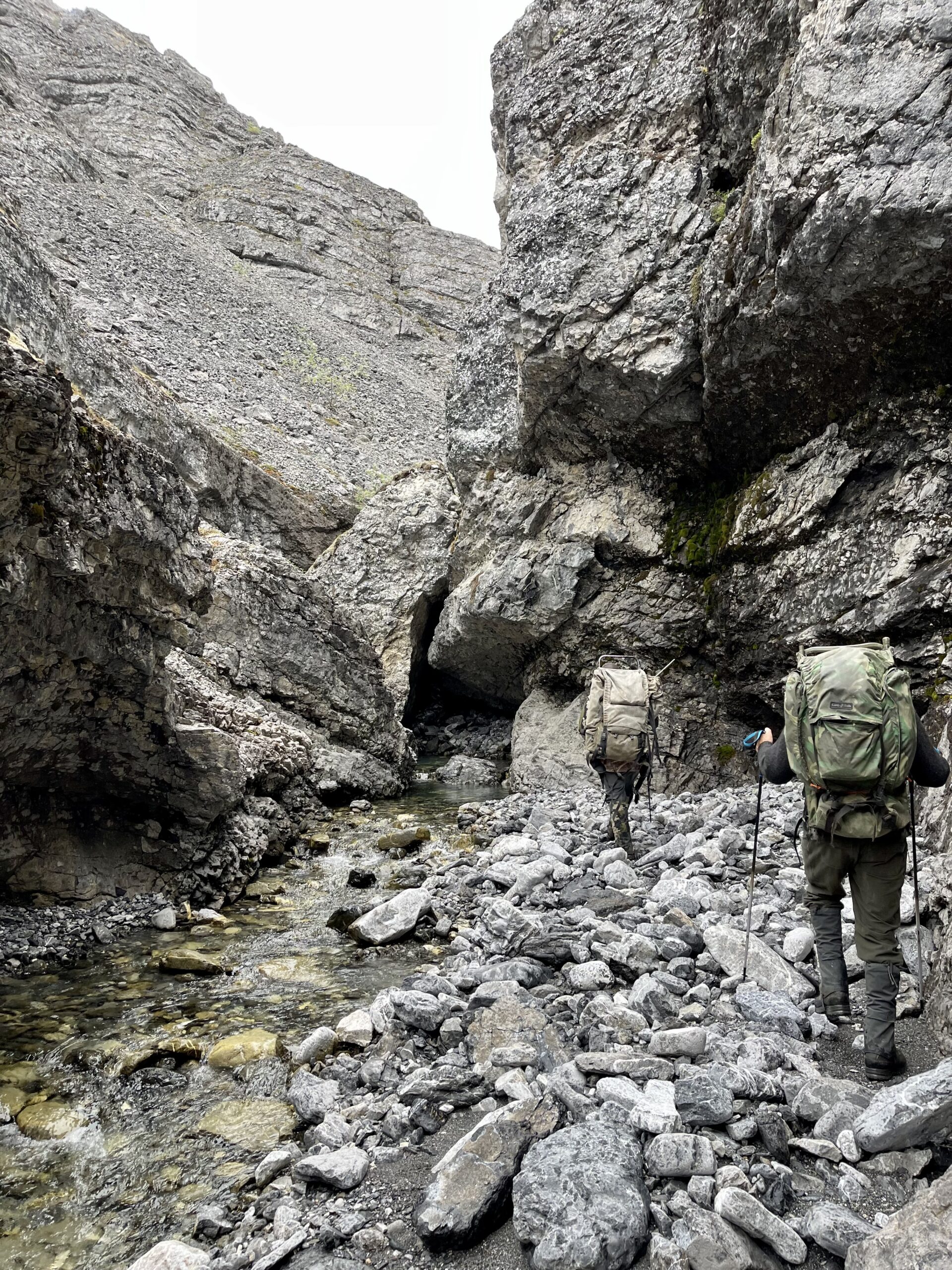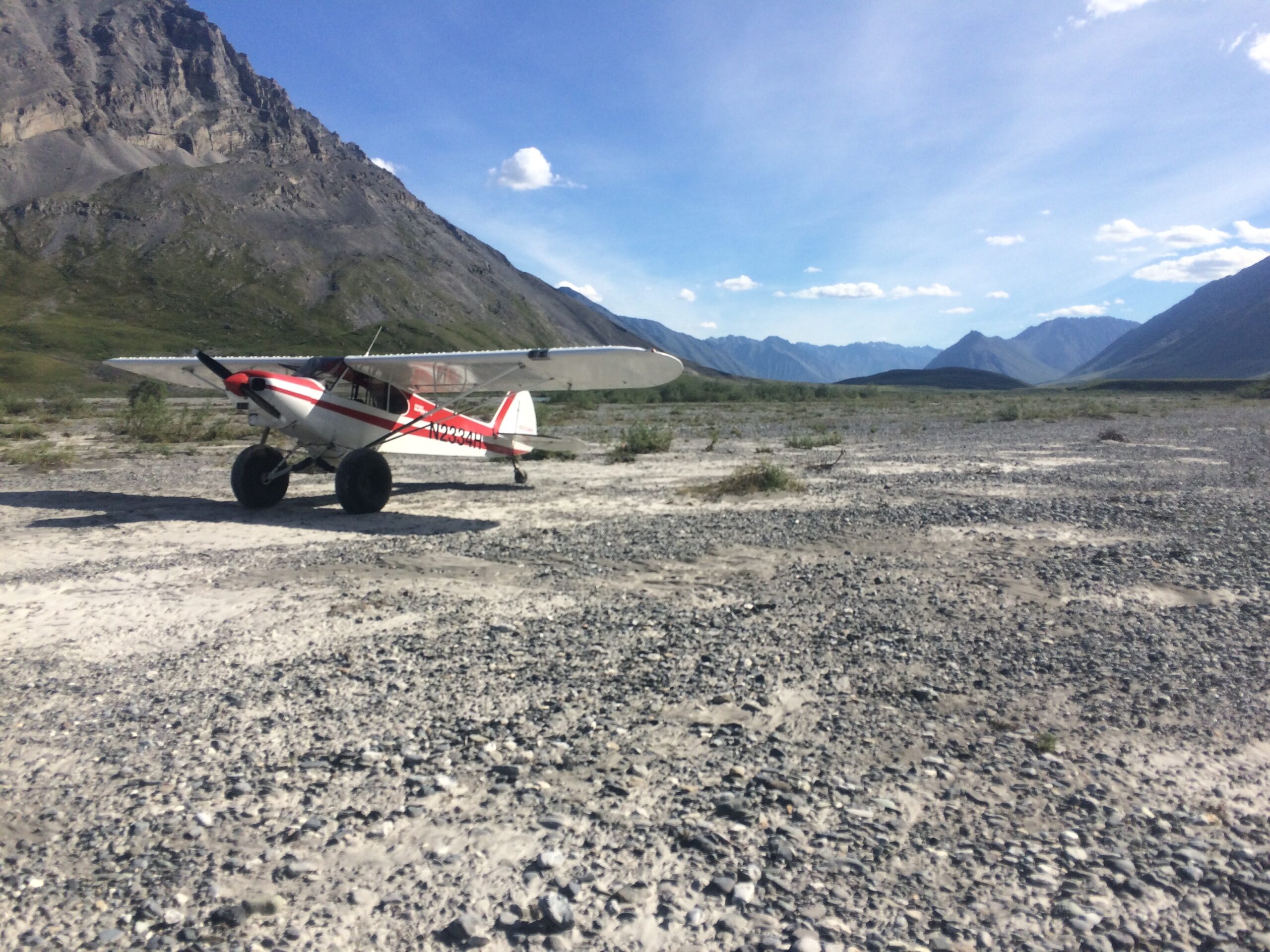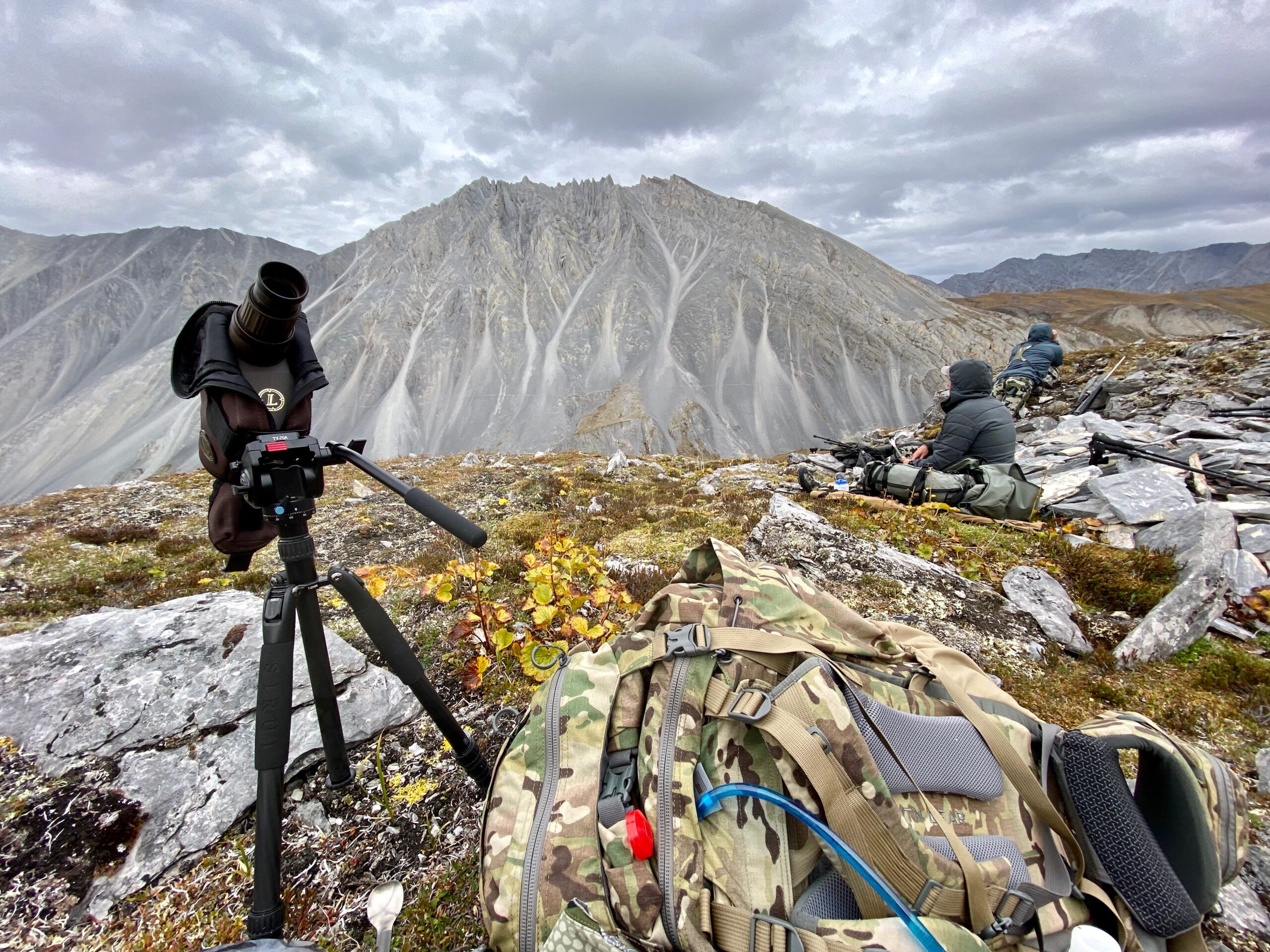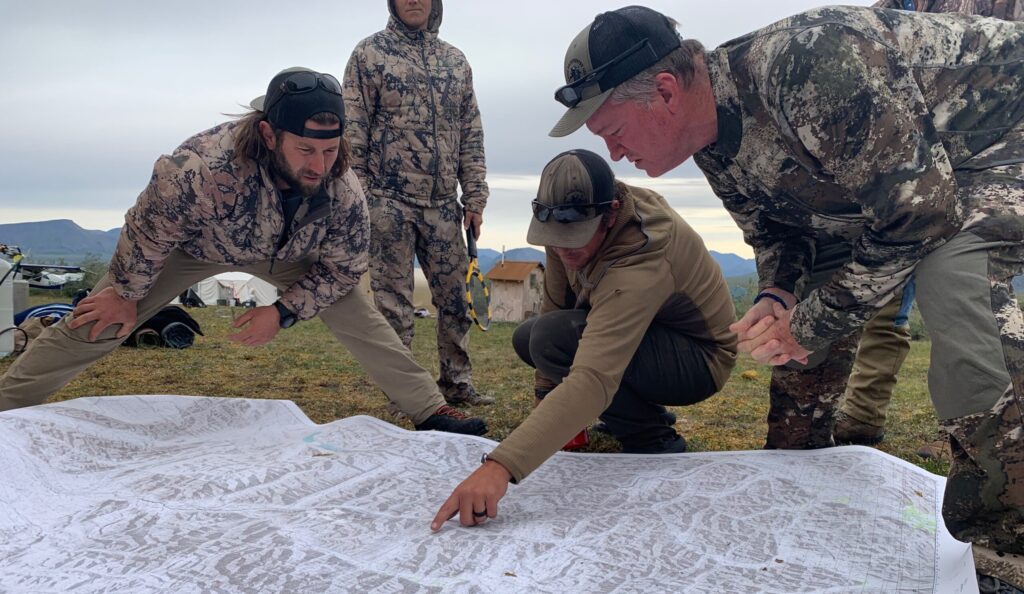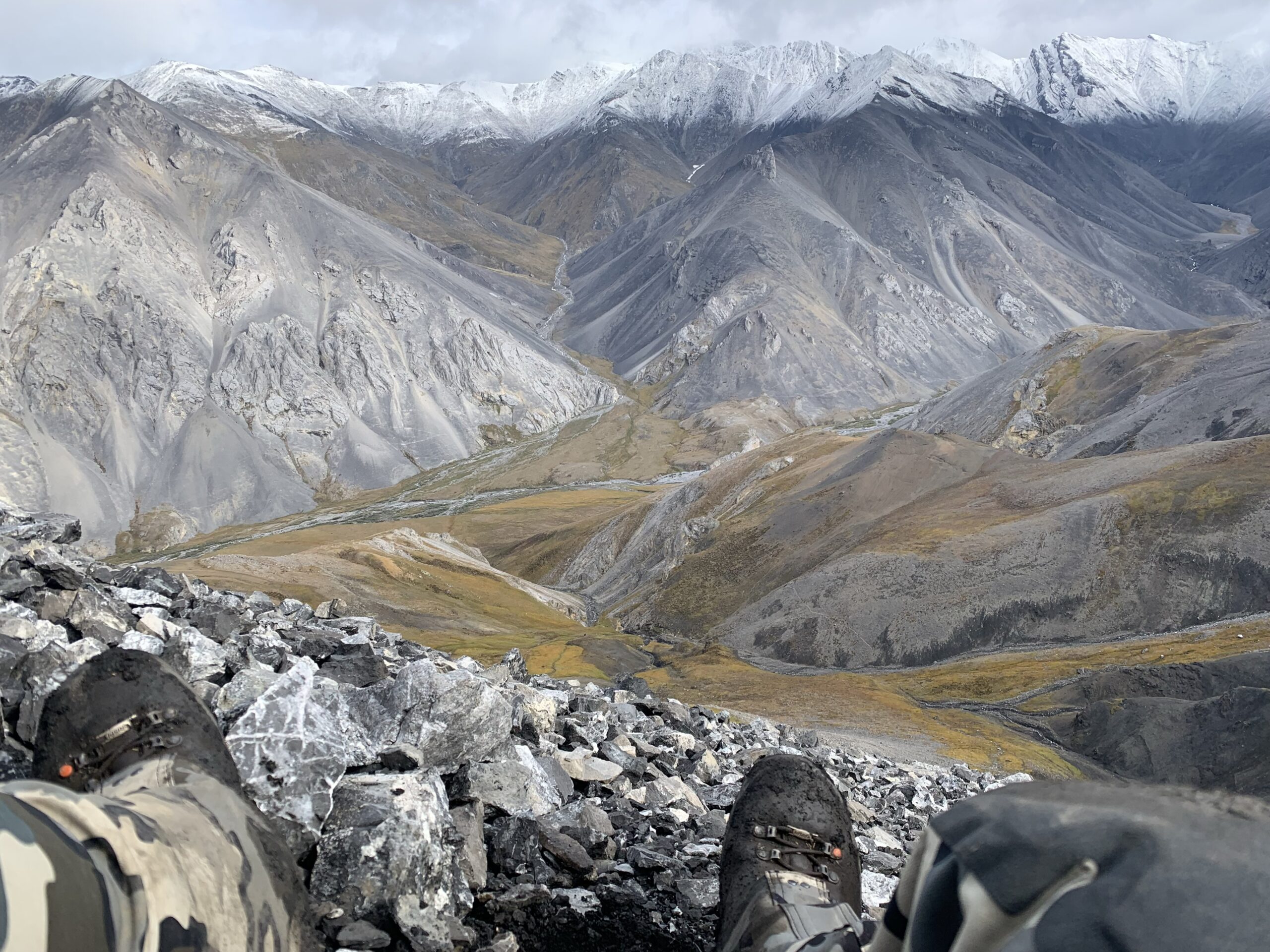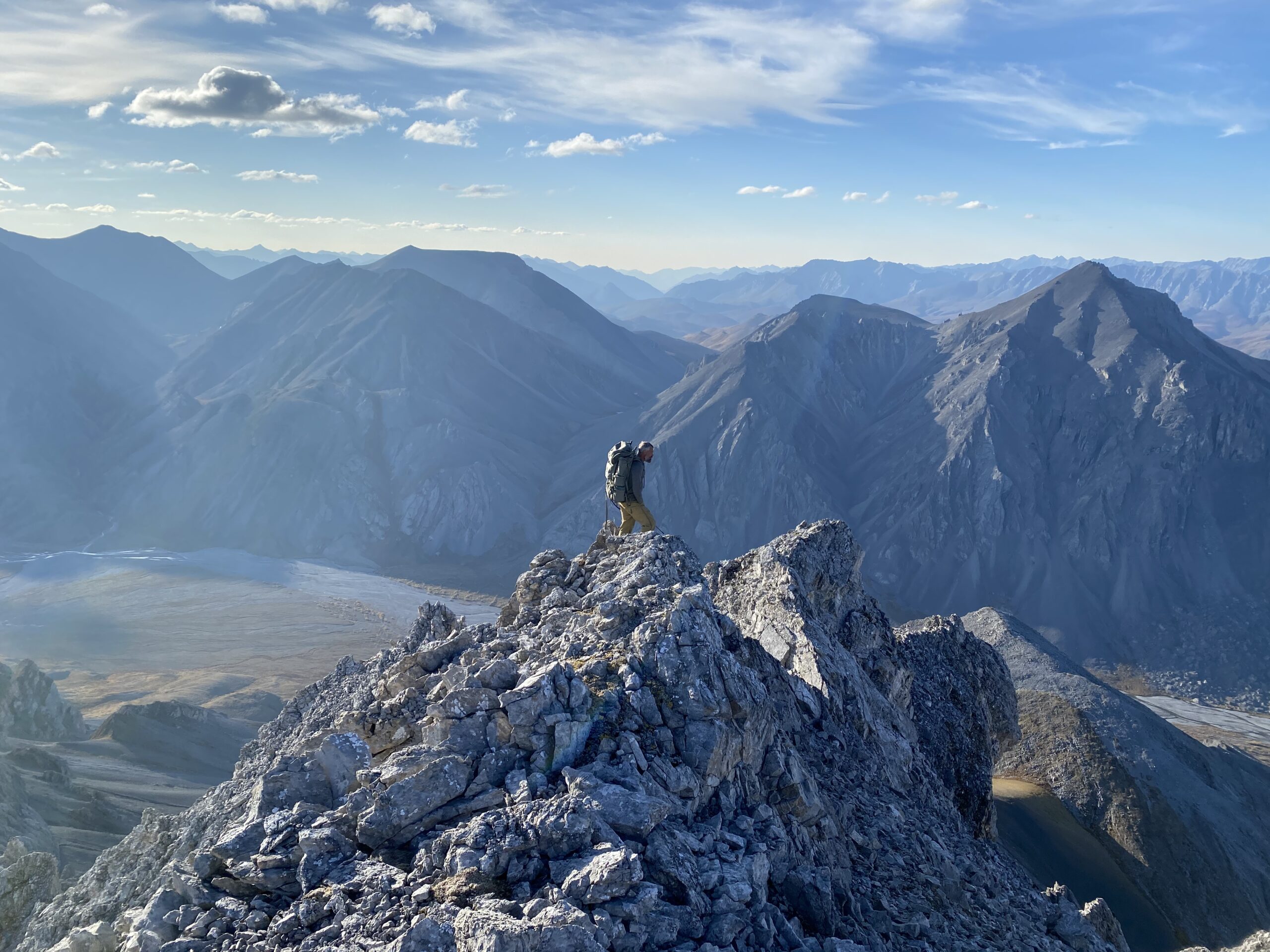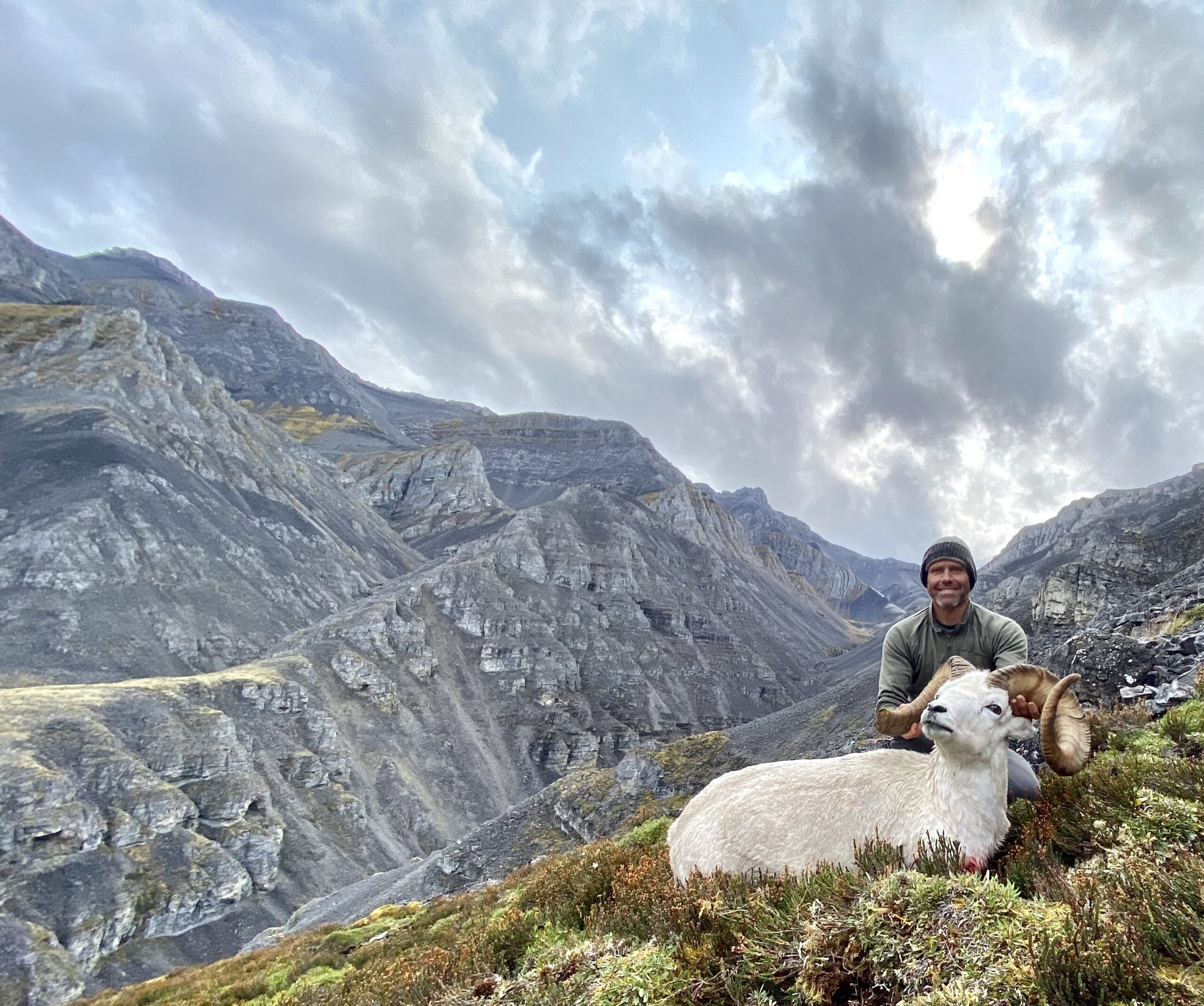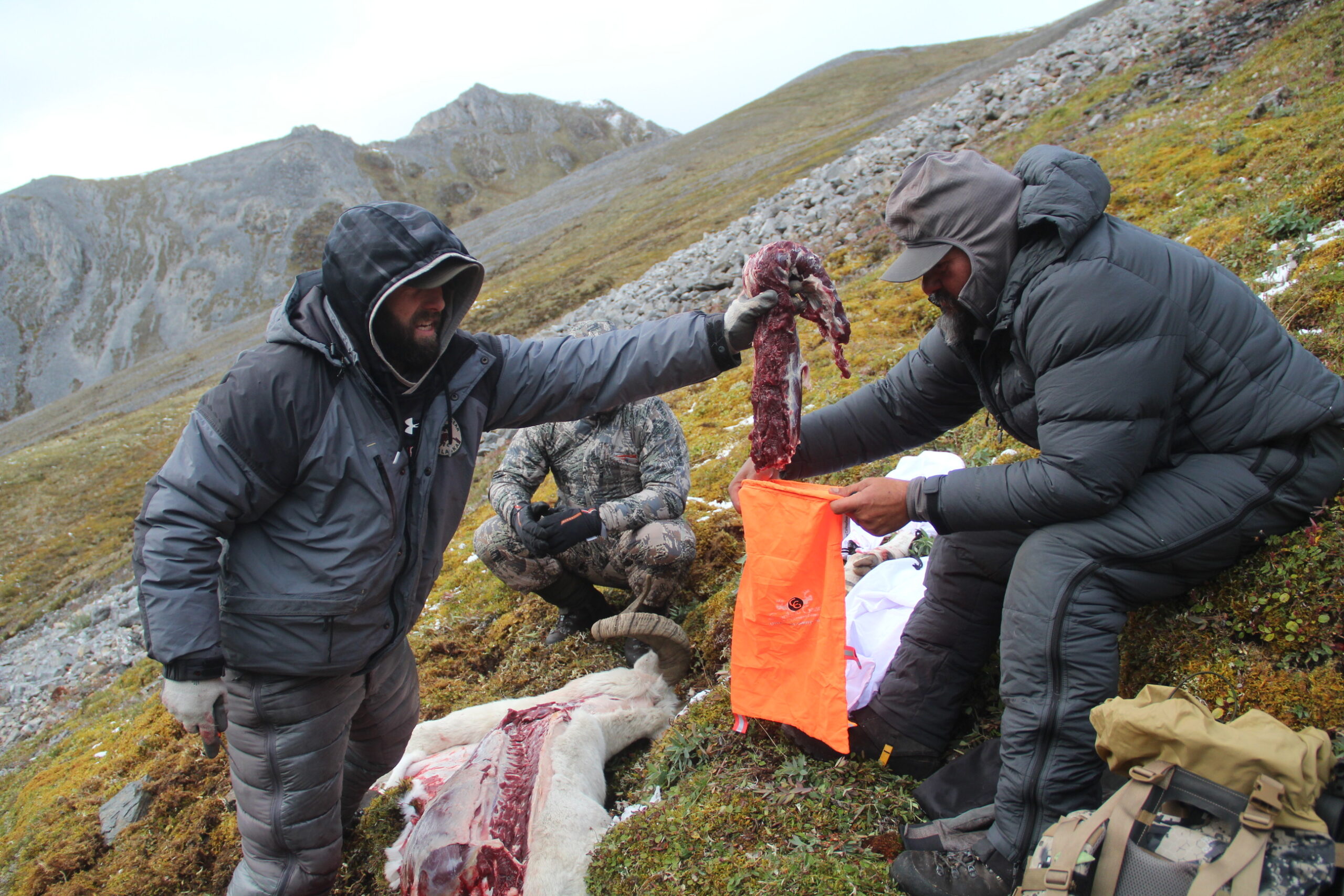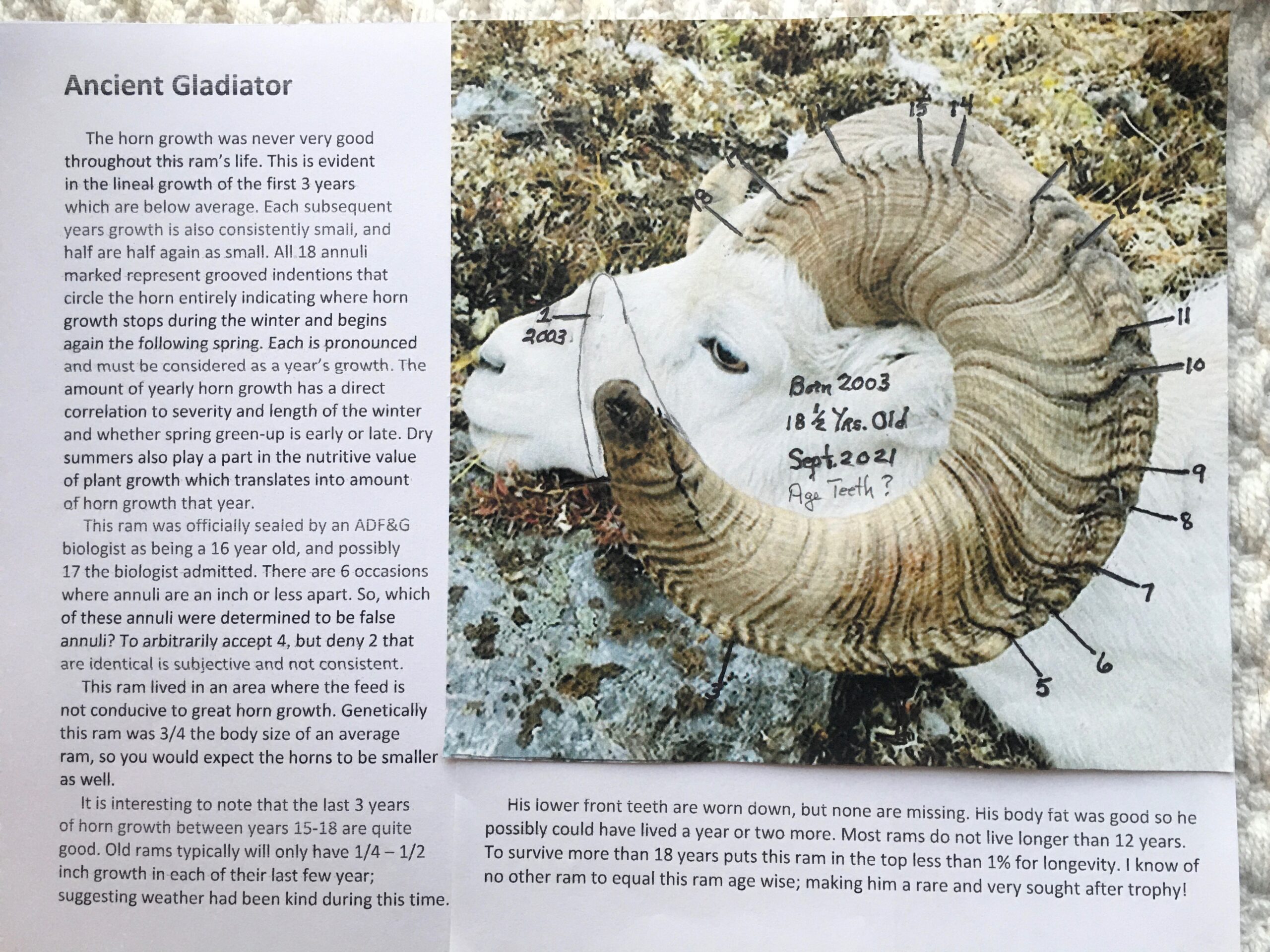Sheep hunts are one-on-one fully guided, fair chase backpack hunts. Our focus is to travel by foot to remote drainages within the hunt area, targeting older rams (+10yrs). This ensures low impact, high success rates, and a world-class experience in a remote wilderness unaltered by humans.
We take pride in our true backpack sheep hunts traveling long-range, no trace, expedition, progressive, almost never sleeping in the same spot for more than one night. You and your guide will determine the path of least resistance!
We specialize in the “Arctic Slam”, a multiple species hunt, where you can backpack a watershed hunting trophy Dall Sheep while also having an excellent opportunity at Barren Ground Caribou and Arctic Grizzly. With sights set on an “Arctic Grand Slam” consisting of the addition of a wolf.
